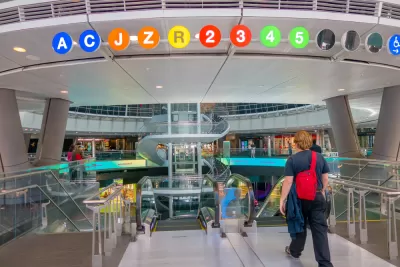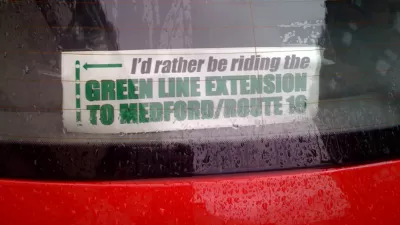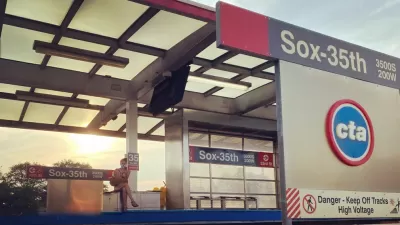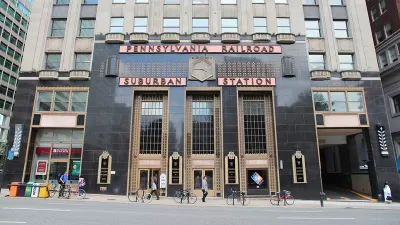The Eno Center for Transportation is answering long-overdue calls for more information about the well documented costs of transit investments in the United States.

The Eno Center for Transportation recently launched a project to explore questions about why transit investments cost so much more in the United States than they do around the world, first convening a high-level advisory panel to start to frame the assumptions and questions that will determine the direction on the project. Eno will soon begin several detailed case studies of emblematic projects in the United States and abroad.
Robert Puentes writes to explain the goals of the project:
In the end, this research and resulting policy recommendations will change the current national conversation about systemic problems to opportunities for better mass transit project delivery. It will raise the level of discourse by shifting from idiosyncratic anecdotes to comprehensive national and international data. And it will directly inform federal policymakers as they pursue a reform-minded reauthorization, as well as helping state and local actors invest in transit networks to grow local their economies, reduce greenhouse gases from transportation, and connect people to opportunity.
The new project seems to finally respond to a recent wave of questions about the lack of scientific and academic inquiry into the country's exorbitantly high transit construction costs. The conversation owes its existence to the work of Alon Levy, specifically with reference to the Second Avenue Subway in New York City.
FULL STORY: Eno Project Seeks to Understand Transit Costs/Delivery

Planetizen Federal Action Tracker
A weekly monitor of how Trump’s orders and actions are impacting planners and planning in America.

Congressman Proposes Bill to Rename DC Metro “Trump Train”
The Make Autorail Great Again Act would withhold federal funding to the system until the Washington Metropolitan Area Transit Authority (WMATA), rebrands as the Washington Metropolitan Authority for Greater Access (WMAGA).

The Simple Legislative Tool Transforming Vacant Downtowns
In California, Michigan and Georgia, an easy win is bringing dollars — and delight — back to city centers.

The States Losing Rural Delivery Rooms at an Alarming Pace
In some states, as few as 9% of rural hospitals still deliver babies. As a result, rising pre-term births, no adequate pre-term care and harrowing close calls are a growing reality.

The Small South Asian Republic Going all in on EVs
Thanks to one simple policy change less than five years ago, 65% of new cars in this Himalayan country are now electric.

DC Backpedals on Bike Lane Protection, Swaps Barriers for Paint
Citing aesthetic concerns, the city is removing the concrete barriers and flexposts that once separated Arizona Avenue cyclists from motor vehicles.
Urban Design for Planners 1: Software Tools
This six-course series explores essential urban design concepts using open source software and equips planners with the tools they need to participate fully in the urban design process.
Planning for Universal Design
Learn the tools for implementing Universal Design in planning regulations.
Smith Gee Studio
City of Charlotte
City of Camden Redevelopment Agency
City of Astoria
Transportation Research & Education Center (TREC) at Portland State University
US High Speed Rail Association
City of Camden Redevelopment Agency
Municipality of Princeton (NJ)





























